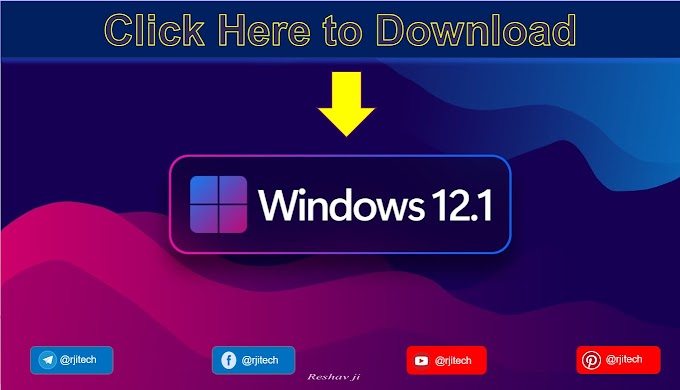Since 2015, select Ukrainian government networks have harbored a clandestine threat in the form of OfflRouter malware, eluding detection and raising questions about its origins and purpose. Recent revelations by Cisco Talos shed light on this enigmatic malware's persistence and modus operandi, highlighting its unique propagation mechanisms and stealthy nature.
OfflRouter's Persistence: A Decade-long Conundrum
Despite its longevity, OfflRouter's existence remained largely concealed until Cisco Talos unearthed its trail through an analysis of over 100 confidential documents infected with the VBA macro virus. The malware's subtle propagation methods, eschewing email dissemination in favor of document sharing and removable media, contributed to its clandestine survival within Ukrainian borders.
An Intriguing Modus Operandi
OfflRouter's peculiarities extend beyond its propagation methods to its intricate infection process. VBA macro-embedded Microsoft Word documents serve as the primary vehicle for its deployment, dropping a .NET executable named "ctrlpanel.exe." This executable proceeds to infect all .DOC files on the system and removable media, utilizing an innovative method to prevent multiple infections and evade detection.
Furthermore, OfflRouter's reliance on outdated Microsoft Office versions exploits vulnerabilities stemming from disabled macro protections, highlighting the importance of software updates in mitigating such threats. Despite Microsoft's proactive measures to block macros by default, organizations in the affected region continue to use outdated software versions, exposing themselves to potential breaches.
The malware's sophistication extends to its manipulation of the Windows Registry to ensure persistent execution upon system boot. Additionally, OfflRouter exhibits versatility by searching for potential plugins on removable drives, further expanding its reach and capabilities.
Unraveling the Unknowns
While OfflRouter's intricate design and persistence raise numerous questions, critical aspects of its operation remain shrouded in mystery. The malware's initial vector, whether through documents or the executable module ctrlpanel.exe, remains unclear, underscoring the complexity of its propagation strategy.
Moreover, OfflRouter's ability to encode and manipulate files on removable media adds another layer of intrigue, suggesting a level of sophistication not commonly observed in malware. This adaptability enables OfflRouter to operate stealthily, evading detection and prolonging its presence within infected networks.
Implications and Remediation Strategies
The discovery of OfflRouter underscores the persistent threat posed by sophisticated malware targeting government entities and organizations. Mitigating this threat requires a multifaceted approach, including:
- Software Updates: Organizations must prioritize software updates to mitigate vulnerabilities exploited by malware like OfflRouter.
- User Vigilance: Users should exercise caution when handling documents from unknown sources and remain vigilant against potential malware infections.
- Security Measures: Implementing robust security measures, such as endpoint protection and network monitoring, can help detect and prevent malware infections.
- Collaborative Efforts: Collaboration between cybersecurity experts, government agencies, and affected organizations is essential to effectively combatting malware threats.
Q. 2: How did Cisco Talos discover the presence of OfflRouter malware?
Q. 3: What are the propagation methods of OfflRouter malware?
Q. 4: What makes OfflRouter malware unique in terms of its spreading capabilities?
Q. 5: What measures does OfflRouter malware take to ensure its persistence and concealment?
Q. 6: What are the implications of OfflRouter malware for affected organizations?
In conclusion, OfflRouter's decade-long reign underscores the evolving nature of cybersecurity threats and the importance of vigilance and collaboration in defending against them. By staying informed and proactive, organizations can mitigate the risks posed by sophisticated malware and safeguard their digital assets against potential breaches.







.gif)
